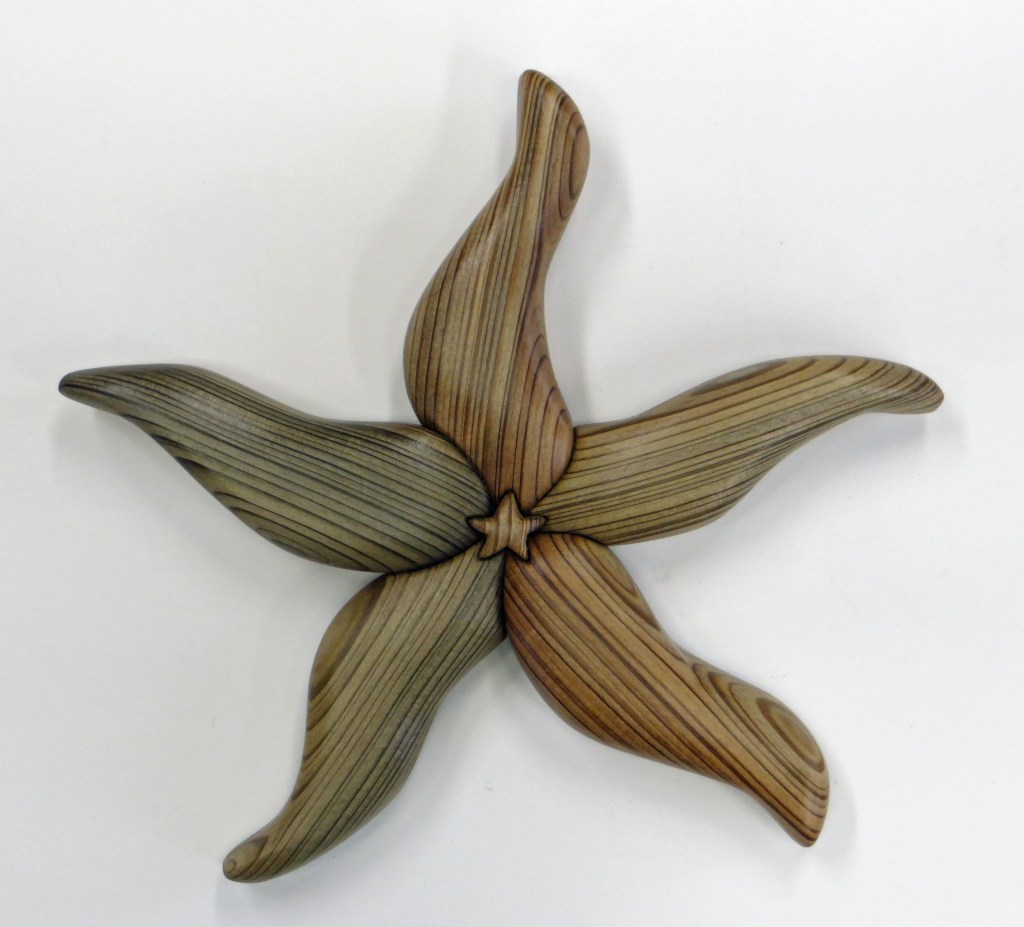Everything You Need To Know About Sinker Cypress
Published 7:00 am Tuesday, April 30, 2019

- When Blue Bayou Sunken Treasures sent samples of their reclaimed sinker cypress to “Scroll Saw Woodworking & Crafts” magazine, the staff couldn’t wait to see what they could make. Here are a few of those creations from the 2019 Spring issue.
Gliding on the duckweed covered waters of the Atchafalaya Basin, skirting massive cypress trees, purveyors of rare woods scout the areas for a “lost” wood that has come in high demand. Sinker cypress has been revered for centuries and is re-emerging due to the efforts of Blue Bayou Sunken Treasure.
The New Iberia-based company searches for the tree trunks that have been buried under the dark waters since the early 1800s, resurrecting and restoring them so their beautiful planks can be enjoyed by a growing number of admirers across the country.
Trending
We spoke with Ragen Borel, General Manager of Sunken Treasure, about the business of uncovering the logs – and their history.
How did this unique business get started? Glen Holcomb, owner of Blue Bayou Sunken Treasure, has always had an interest in woodworking. His work in the oilfield sent him to dozens of countries and he became intrigued with the idea of diversifying by introducing beautiful and rare woods to the international market. He became particularly interested in the sinker cypress that is so popular in Acadiana and the story he discovered in his research. Glen searched for divers in the area willing to sell their reclaimed logs, and once he had enough inventory, he opened this business in 2018.
How did the logs come to sink? Around the early 1700s, loggers began harvesting cypress trees for their abundance and size. By the early 1800s and into the 1930s there was a lumber boom, so much so that there were not enough sawmills to keep up with the inventory. So, the loggers put the cut cypress trees into holding areas in the water until they could be milled. In the meantime, many got waterlogged and the loggers eventually cut them loose.
What makes sinker cypress so desirable? Its durability, rarity and beautiful grain patterns. The cool water, mud and clay that the logs have been exposed to for centuries make distinctively tight, wavy grains in colors of brown, greenish and gold patina. Woodworkers like to work with it because it’s lightweight and easy to cut; it’s also insect and rot resistant.
What kinds of woods do you salvage? We find mostly sinker and pecky cypress, some black walnut, and a few varieties of pine.
Do you harvest the woods responsibly? Absolutely; we don’t harm living trees. In fact, Glen is already reforesting with 20 acres of new cypress by the bayou and more in the works.
Trending
In what areas do you dive for the wood? We reclaim logs from the depths of the Atchafalaya Basin and surrounding bayous.
How do your divers know where to look for the wood? Every diver has his secrets for locating and marking the location of sinker logs. Lots of different methods are employed like researching historic logging records, using satellite images and/or sonar. It’s a highly secretive enterprise in many ways due to the value of the wood. Some of the locations of large caches are carried down through families.
How many divers are there and do they go out every day? We are currently working with a small number of divers, but seeking to expand as our market does. Weather has a lot to do with the success of the salvaging process. Too much wind or chop on the water can create a dangerous environment to dive or to operate the winch. But most days are agreeable this time of year.
Describe the process of getting the logs from the water to the mill– Divers go out in a long boat, the shape of a barge, fitted with a winch that is used to crank the logs up. They first go into the water to break the suction of the mud-embedded log with a pole and water pump. Then after tying the trunk with a rope, the diver returns to the boat and begins lifting the log with a hand crank and then pulls it to a loading dock. Some of the logs are as long as 20 feet, weighing over a ton. The largest tree found to date was 70 feet long and 36 inches around. The trees are kiln-dried in the warehouse and then cut at the mill where each board is serialized. The boards are sent for inspection and air dried in our custom-designed, temperature-controlled kiln. Once the boards have dried, they’re ready for delivery.
How old do you determine the age of the wood? Our logs are dated and serialized according to the age of the tree at the time of harvest. Our ax expert determines the harvest time by the saw or axe marks left on the trunk as well as other indicators such as hauling and transport methods used at the time. We have salvaged logs that were around 1,800 years old at the time they were harvested. Diameter, length and type of wood are all logged by our experienced team, so that the customer has a record of the age and details about each board they purchase.
Any other interesting objects found besides the logs? A sunken 30-ft. logging boat, parts of bridges, dams and architectural structures. No gold or anything like that.
How is the finished product used? The cypress is so versatile. It can be used for any application where the wood grain will be appreciated – cabinets, furniture, decorative pieces like bowls, even boats – anything but delicate, intricate pieces – because it’s a soft wood.
What’s the most interesting thing you’ve seen made with the wood? We sell to a lot of crafters and makers, and recently one of them sent us a sample of a unique mallet from a batch that he’d made, using our cypress. They sold out immediately.
Where are your orders coming from? We started regionally, then the word starting spreading all over the U.S. We have received interest, this year, from clients in Europe who are keen on using the cypress for furniture and architectural accents. We’re excited to expand our territory and bring this rare beauty to the world.





